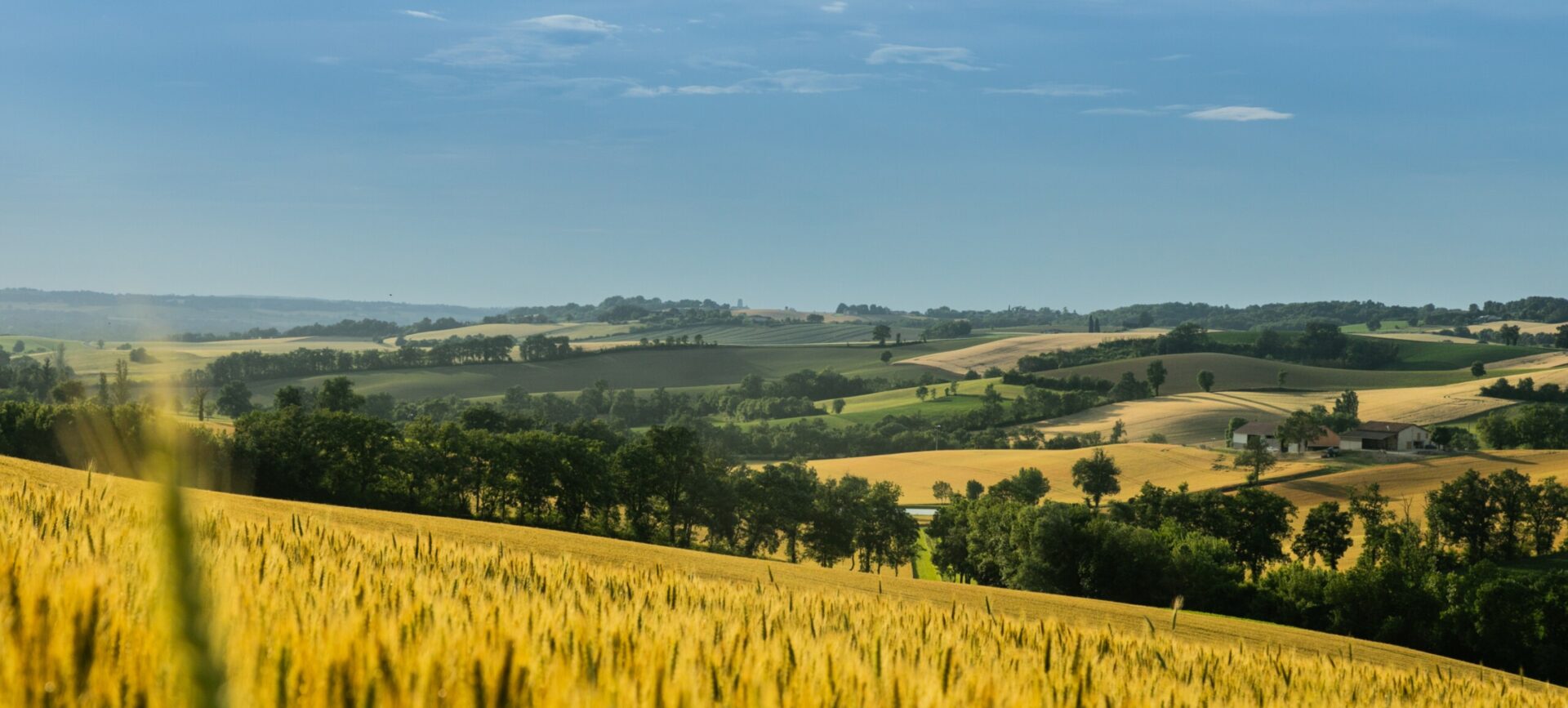Who we are
As one of the world’s top institutes for research on agriculture, food, and the environment, INRAE (https://guide-for-international-scientists.inrae.fr/working-at-inrae/) uses research, innovation, and support for public policies as tools to guide the emergence of sustainable agricultural and food production systems. The joint research unit ABsys (Biodiversified agrosystems, https://umr-absys.cirad.fr/) produces knowledge and tools to understand, design and assess diversified cropping systems combining economic efficiency and the production of environmental services. It has a long experience in studying and modelling agroforestry systems.
Scientific context of the work
Plant modelling has a long history, starting in the 60’s, aiming to predict crop yields in relation to environmental conditions. This field has reached maturity regarding the modelling of crops in monocrop conditions. However, due to the increasing importance of agroecology, more and more effort is devoted to model crops in biodiversified systems. These include agroforestry, where crops are associated with trees. Due to the diversity of possible combinations between tree and crop species, and the associated management, and to the long development time of agroforestry systems, experimental evidence is scarce to understand the functioning, measure the performance and optimize the design of agroforestry systems. Simulation models would be of great help in this respect.
One such model is Hi-sAFe (Dupraz et al. 2019). It is a daily time-step, 3D, soil-crop-tree model; which predicts crop and tree growth and yield, as well as some environmental performances, as a function of pedoclimatic conditions and tree and crop management, taking into account tree-crop competition for light, water and nitrogen. The model has been developed for several years, and has been the basis for several publications (Dupraz et al. 2018; Reyes et al. 2021; Huo et al. 2021). However, the model is difficult to parameterize for a given situation, because it requires detailed information on soil, climate, tree and crop management. Furthermore, one simulation of the 50-year long life of a system typically takes 1-2 hours to run, making the model unsuitable for rapid ex ante evaluation during system design.
Objectives of the work
The objective of the position is to apply machine learning techniques to build a meta-model of the hi-sAFe model, to be able to make quick evaluations of different systems in different pedoclimatic and management conditions. The first step will be to validate the model in different conditions, using existing data on long-term performance of agroforestry systems. The second step will be to build the training dataset, so that it covers the desired range of cropping system, tree configuration, soil, climate, management, etc… and run the full model to produce relevant output variables (crop and tree yield, components of the water and nitrogen balance). Then it will be necessary to choose a suitable machine learning technique and train the meta-model on the simulated data. Finally, the meta-model should be made available for queries through an API, for coupling with existing or new applications developed by partners of the DigitAF project (see below).
Required skills and experience
We are looking for a motivated person able to work with process-based crop models as well as machine learning algorithms. The successful candidate will have a PhD degree in agriculture, plant sciences, modelling or related sciences with experience in using and improving crop simulation models, and motivation to acquire new knowledge in machine learning, or an engineer’s degree in machine learning with a willingness to learn principles of agronomy and to understand crop modelling.


